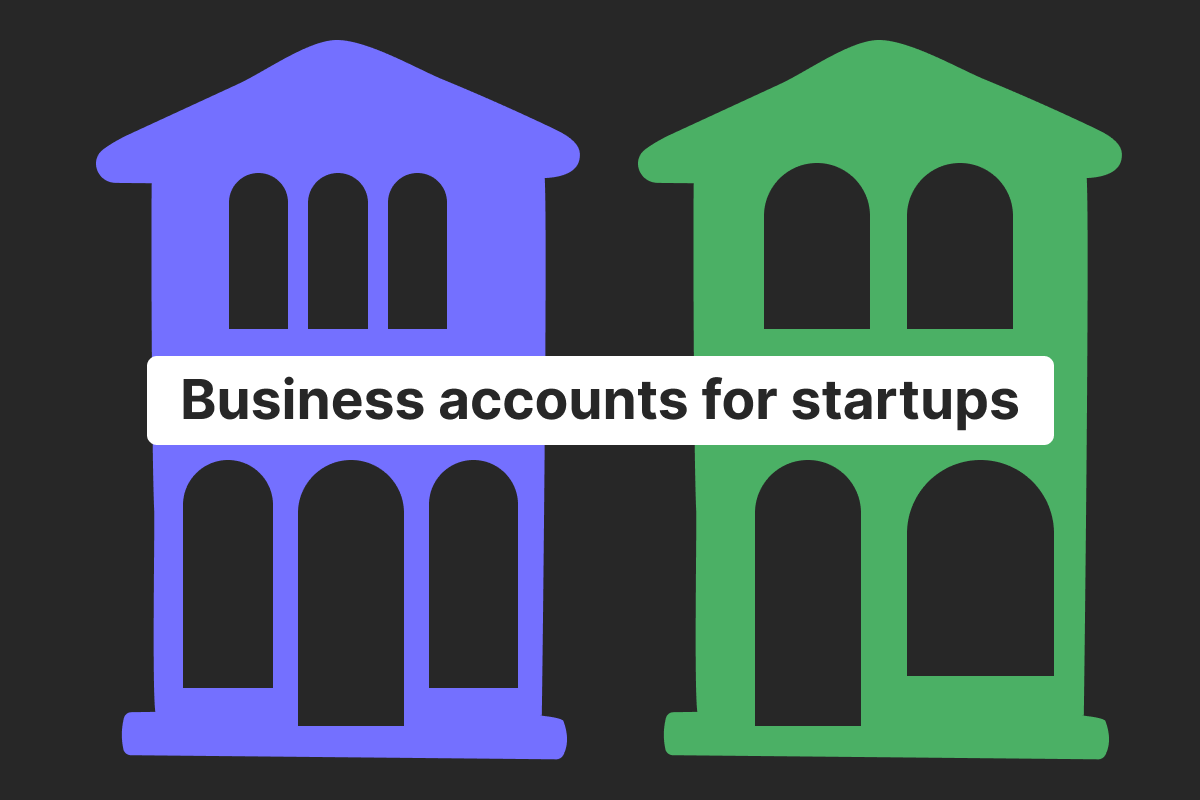Genome Blog / articles / Cryptocurrencies: how they work and their benefits
Jun. 26, 2024
Cryptocurrency: the basics
When you think about money, your first association will likely be physical cash or bank cards. However, times are changing, and more types of payment methods are emerging for people’s convenience. One of the newest additions to the trend is cryptocurrencies — funds that only exist in digital form and operate on decentralized networks.
Unlike more traditional payment options, cryptocurrencies are considered more private, as they are generally not regulated by traditional financial institutions. In most cases, they operate based on blockchain technology, like the famous Bitcoin.
Cryptocurrencies are stored in digital wallets, the ownership of which is determined by private keys – secure codes that allow the owner to access the funds. Cryptocurrency transfers between users happen directly, without any intermediaries.
History of cryptocurrencies
Bitcoin was not the first cryptocurrency. In fact, there were plenty of them back in the day, but not all of them made it.
Ecash – the first officially recorded cryptocurrency — was created by American computer scientist David Lee Chaum. He started his own company, DigiCash, in 1989 with the idea of electronic money.
But he shared the idea of anonymous electronic money way before it — in 1983. In the article, he theorized on a concept of payment software that stored money in a digital format, cryptographically signed by a bank, but stored on the user’s local computers.
Bitcoin Era
The inception of modern cryptocurrencies began with the introduction of Bitcoin in 2009 by an anonymous user who used the pseudonym “Satoshi Nakamoto.” This was a revolutionary moment in the digital and financial world.
“Bitcoin: A Peer-to-Peer Electronic Cash System” outlined the framework for a decentralized currency that operates without the need for a central authority, solving the double-spending problem that had plagued previous attempts at digital currencies in the process.
The doable-spending dilemma was solved by a new idea of blockchains. Its cryptographic protocol used a proof-of-work consensus mechanism where transactions are batched into blocks and chained together using a linked list of hash pointers.
How cryptocurrencies work
Let’s begin with one of the most famous and popular cryptocurrencies.
Bitcoin operates based on blockchain technology. Each block contains a list of users’ transactions. When a block is full of transactions, it is added to the chain of previous blocks, which is why it is called a “blockchain.”
The chain is simply a sequence of blocks linked together in chronological order. Each new block is connected to the previous one, creating a continuous and unalterable record of all transactions.
However, because the system works as a decentralized network, it is stored in a network of computers in so-called nodes that have a copy of the entire blockchain.
The system is highly transparent because every node has a copy of the blockchain, and all changes are visible to the entire network.
Here’s a simple example:
Imagine you and your friends are keeping track of shared expenses using a notebook. Each time someone spends money, you write it down on a new page. Before adding a new page, everyone must agree that the listed expenses are correct. Once everyone agrees, the page is added to the notebook, and no one can change it without everyone else noticing. That is basically what Bitcoin and Blockchain are.
Non-blockchain-based cryptocurrencies
Although such cryptocurrency options exist, they aren’t as widespread as Bitcoin-type coins. Let’s examine some of the examples to understand how they function.
IOTA is a type of cryptocurrency designed primarily for the Internet of Things with open source. Unlike blockchain-based crypto, IOTA uses a different technology called the Tangle – a web-like structure where each transaction validates two previous ones. This creates a self-sustaining and scalable network.
According to the developers, it has high scalability and low energy consumption that would be suited to the Internet of Things.
Holochain, another open-source framework, takes a user-centric approach. It does not have a global ledger. Instead, each user maintains their own chain and shares data when necessary. This decentralized nature empowers users, making Holochain a unique cryptocurrency to consider.
Hashgraph uses a graph of transactions where nodes spread information about transactions to other nodes. Consensus is reached through virtual voting, where nodes mathematically predict the votes of others.
Types of most well-known cryptocurrencies
Today, people have access to thousands of cryptocurrencies, and the market is full of them, offering different benefits.
Below is a short overview of some of the most well-known cryptocurrencies.
Bitcoin
One of the most well-known cryptocurrencies was created in 2009 and conquered people’s hearts and pockets. It has come a long way from $0,0009 to $65099 for a single coin in November 2021. But it has limits. According to developers, Bitcoin has a mining limit of around 21 million tokens. Research by Coingecko indicates that the total supply of Bitcoin is set to be mined by the year 2140, meaning that approximately 90% of the supply has been mined based on current hash rates.
Use cases: Large transactions, medium and long-term investing.
Key features: Decentralized, finite supply (21 million coins), widely accepted.
Ethereum
Launched in 2015, Ethereum is a decentralized platform that enables the creation and operation of smart contracts and decentralized applications (dApps) without downtime, fraud, control, or interference. Today, it is the second-largest cryptocurrency in terms of market capitalization.
Use case: Platform for dApps, smart contracts, and decentralized finance (DeFi).
Key features: Supports the Turing-complete scripting, transactions are faster than Bitcoin, transitioning to a Proof-of-Stake consensus mechanism with the rollout of Ethereum 2.0, aimed at improving scalability, security, and sustainability.
Litecoin
Created by Charlie Lee in 2011, Litecoin is a peer-to-peer cryptocurrency designed to be the “silver to Bitcoin’s gold.” While Bitcoin has experienced significant price volatility, Litecoin has generally had a more stable price range, though it is still subject to market fluctuations. Just compare: at the end of 2023, Bitcoin cost around $15,000, and today its price is $60,000. As of mid-2024, Litecoin, on the other hand, has a stable rate of $70-80 per coin with ups and downs for the last 2 years.
Use case: Regular transactions with faster transfer times, stable exchange rate, and lower fees compared to Bitcoin.
Key features: Faster block generation time (2.5 minutes), different hashing algorithm (Scrypt), higher maximum supply (84 million coins).
Altcoins, and how difference from Bitcoin
Altcoins are cryptocurrencies other than Bitcoin that have been developed to create alternatives or improve the original concept in one way or another.
While Bitcoin focuses on being a decentralized digital currency, altcoins offer various features, such as improved transaction speeds, enhanced privacy, smart contract functionality, etc.
The main difference often lies in so-called consensus mechanisms – payment confirmation systems in simple words.
Bitcoin uses a Proof of Work system, which we have already talked about before; many altcoins use different consensus mechanisms, such as Proof of Stake or Delegated Proof of Stake.
Proof of Stake is a consensus mechanism where validators are chosen to create new blocks and validate transactions based on the number of coins they hold and are willing to “stake” as collateral.
If we took our last example from Bitcoin about you and your friends keeping track of shared expenses using a notebook, it would look like this – each time someone spends money, you write it down on a new page. Before adding a new page, the chosen validators must agree that the listed expenses are correct.
Delegated Proof of Stake is a variation where stakeholders elect a small number of delegates (also known as “witnesses” or “block producers”) to validate transactions and create new blocks on their behalf. The election process is continuous, and stakeholders can vote to replace delegates who do not perform well.
So, why do people use cryptocurrencies?
- Anonymity and security: Cryptocurrencies use advanced cryptographic techniques to secure transactions and control the creation of new units. This high level of security makes it difficult for transactions to be altered, hacked, or spotted by unwanted parties.
- Lower fees: Traditional financial systems involve many intermediaries, which makes international transfers more costly than cryptocurrency transfers.
- Fast transactions: Cryptocurrencies can be used for quick and efficient transactions across the globe, unlike traditional banking systems that can take days to process transfers.
- Investment opportunities: Some cryptocurrencies turned into valuable assets. Many people started investing in cryptocurrencies to diversify their portfolios and take advantage of the high volatility, which can lead to significant profit.
Cryptocurrencies offer numerous benefits, including decentralization, security, lower transaction fees, and fast, global transactions. These advantages make cryptocurrencies an appealing alternative to traditional financial systems for many people worldwide.
While they’re unlikely to replace traditional payment methods at this stage, they already hold significant market niches.
Suppose you’re somebody who’s interested in cryptocurrencies, Genome’s for you! Our platform is crypto-friendly, serving as an intermediary between you and cryptocurrency platforms.
You can easily send payments from your Genome wallet to crypto exchange platforms and vice versa! Gain full advantage of using our multi-currency accounts – store funds in EUR, USD, and GBP!





